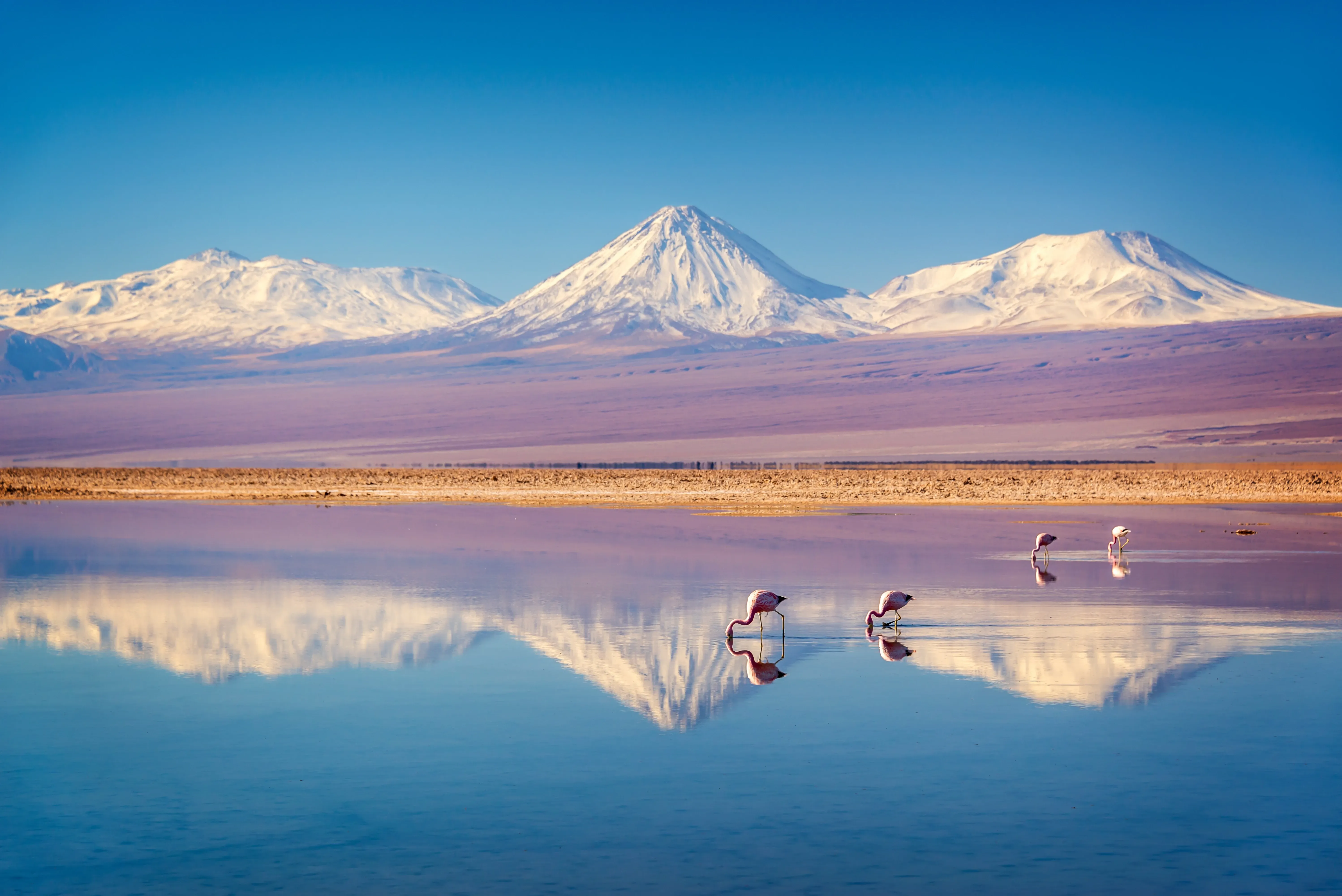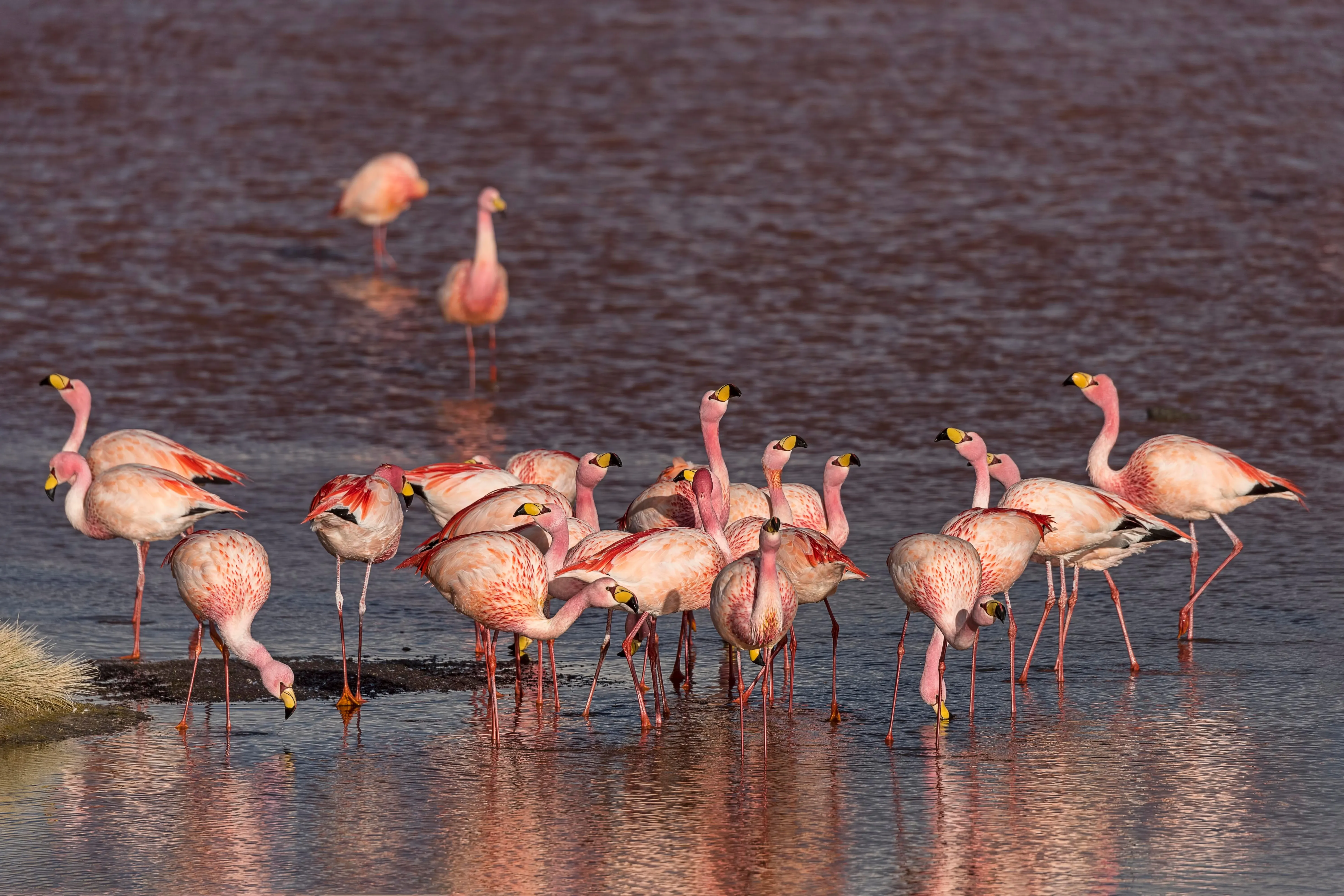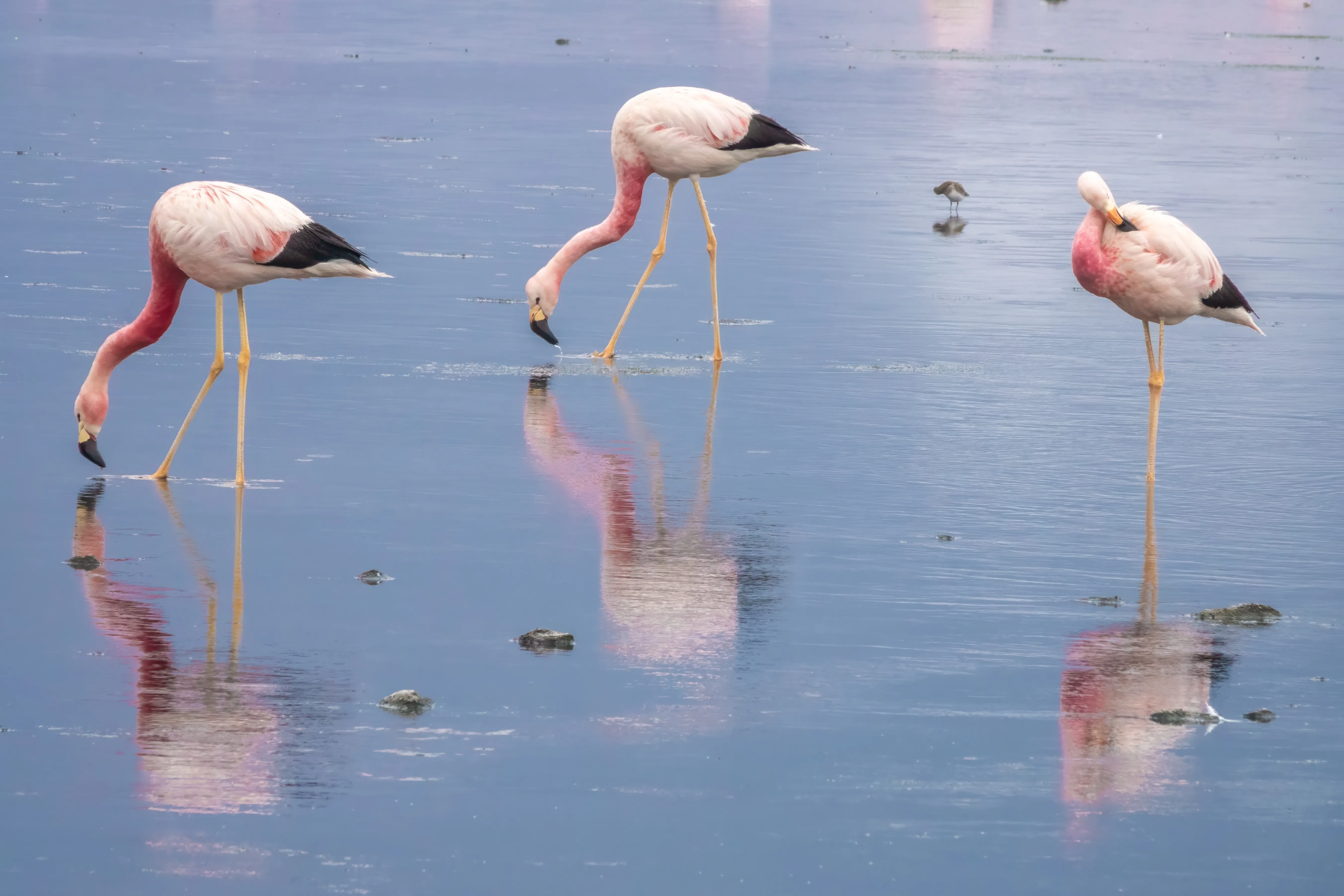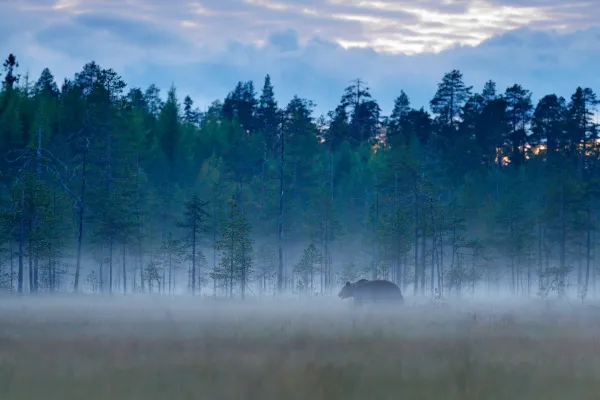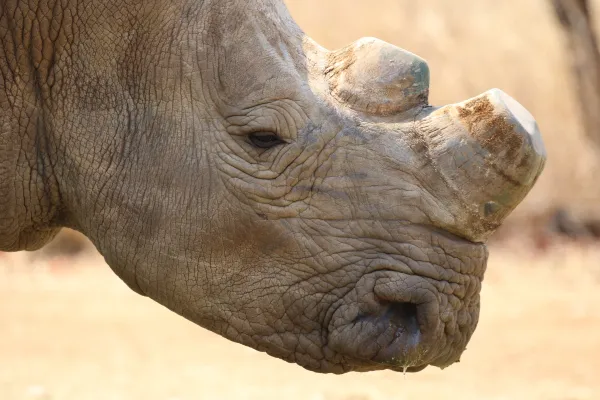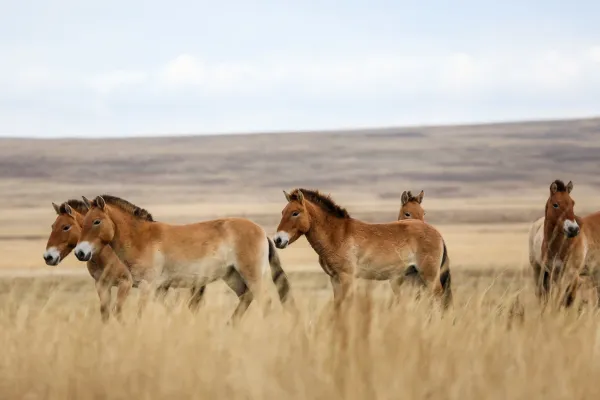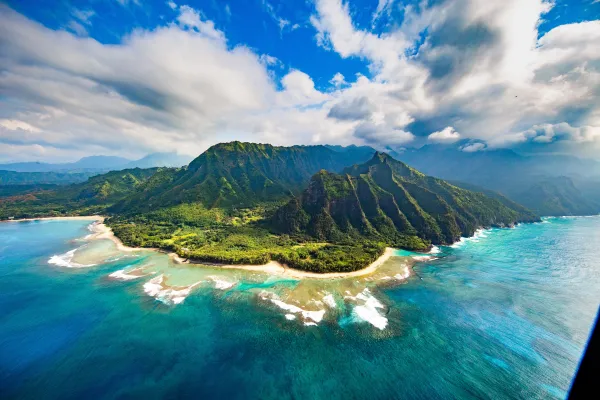Species Introduction: The Andean flamingo
The Andean flamingo is the rarest flamingo species in the world with a global population of less than 35,000 individuals. It is native to the wetlands of the high Andes mountains in South America, along with 2 other closely related species, James’s Flamingo and the Chilean Flamingo.
Identifiable by its pale pink plumage, and slender stature, accompanied by inhabiting some of the most extreme environments on Earth. This species of flamingo is found in the high-altitude wetlands of the Andes mountains and thrives alongside its close relatives, the James's and Chilean Flamingo.
Despite their awe-inspiring beauty, the Andean flamingo faces serious conservation challenges due to habitat loss and human disturbance. With the global population floating at fewer than 35, 000 individuals, it is important to understand and protect these magnificent birds as it is crucial for preserving the biodiversity in this fragile Andean ecosystem they call home.
Fact sheet: Andean Flamingo
- Name: Andean Flamingo
- Scientific name: Phoenicoparrus andinus
- Order: Phoenicopteriformes (wading/water birds)
- Family: Phoenicopteridae
- Characteristics: Pale pink body with bright upper parts and a rich reddish pink neck. Conspicuous black triangle on rump. Long yellow legs and 3 toes. Black bill with pale yellow area close to the skull and deep lower mandible in comparison to other flamingo species.
- Size: Stand between 1 – 1.4 metres tall and has a wingspan of 1.4 – 1.6 metres.
- Weight: Up to 4kgs
- Endangerment status: Vulnerable
- Life span: Approx. 20 to 30 years, some individuals have reached as much as 50 years in captivity.
- Origin: Andes mountains of South America
- Habitat: Wetlands and salt lakes in the Andean highlands of South America.
- Territory size: Ranges from southern Peru to northwest Argentina and northern Chile with a small breeding population in the extreme south west of Bolivia.
- Diet: Filter feeders with a diet ranging from fish to invertebrates, vascular plants and microscopic algae.
- Threats to survival: Habitat loss, water contamination, tourism and water division form mining, agriculture and urbanisation.
Characteristics - What does the Andean flamingo look like?
Flamingo come from the old Spanish or Portuguese word ‘flamengo’, referring to their rich pink/red coloured feathers. There are 6 recognised species of flamingo in the world, the Greater and Lesser which live in Africa, the American, that resides in southern USA, Central America and northern South America, and the Andean, James and Chilean flamingos which all occur in the highlands around the Andes Mountain range.

Young flamingos are born greyish in colour but as they mature they take on a pink colouration. This colour is brought about by ingesting carotenoids (a red pigment) from their diet. Andean flamingos are pale pink but with more vibrant colouration on their head and upper neck. They also have a contrasting black triangle on their rumps. Their bill is yellow with a black tip with the large lower mandible ideally adapted for scooping up food and filtering the content efficiently. Andean flamingos are the only flamingos with yellow legs.
They stand up to 1.4 metres tall and are often seen standing on just one leg. This behaviour is still not fully understood but the most likely cause is heat regulation. Temperature is both lost and absorbed quickly through the thin skin on the legs and the flamingo may regulate this by alternating exposure of the limbs.
Where does the Andean flamingo live?
The preferred habitat
As the name suggests, the Andean flamingo prefers high altitude environments. They are most often found by highland wetlands and salt lakes. During the harsh winter months, they migrate to warmer waters in the lower altitudes.
Their distribution range
Andean flamingos are native to the Andes Mountains and are found from southern Peru to the northwest of Argentina and northern Chile. They are considered altitudinal migrants during the summer and winter and can travel up to 700kms in a day.
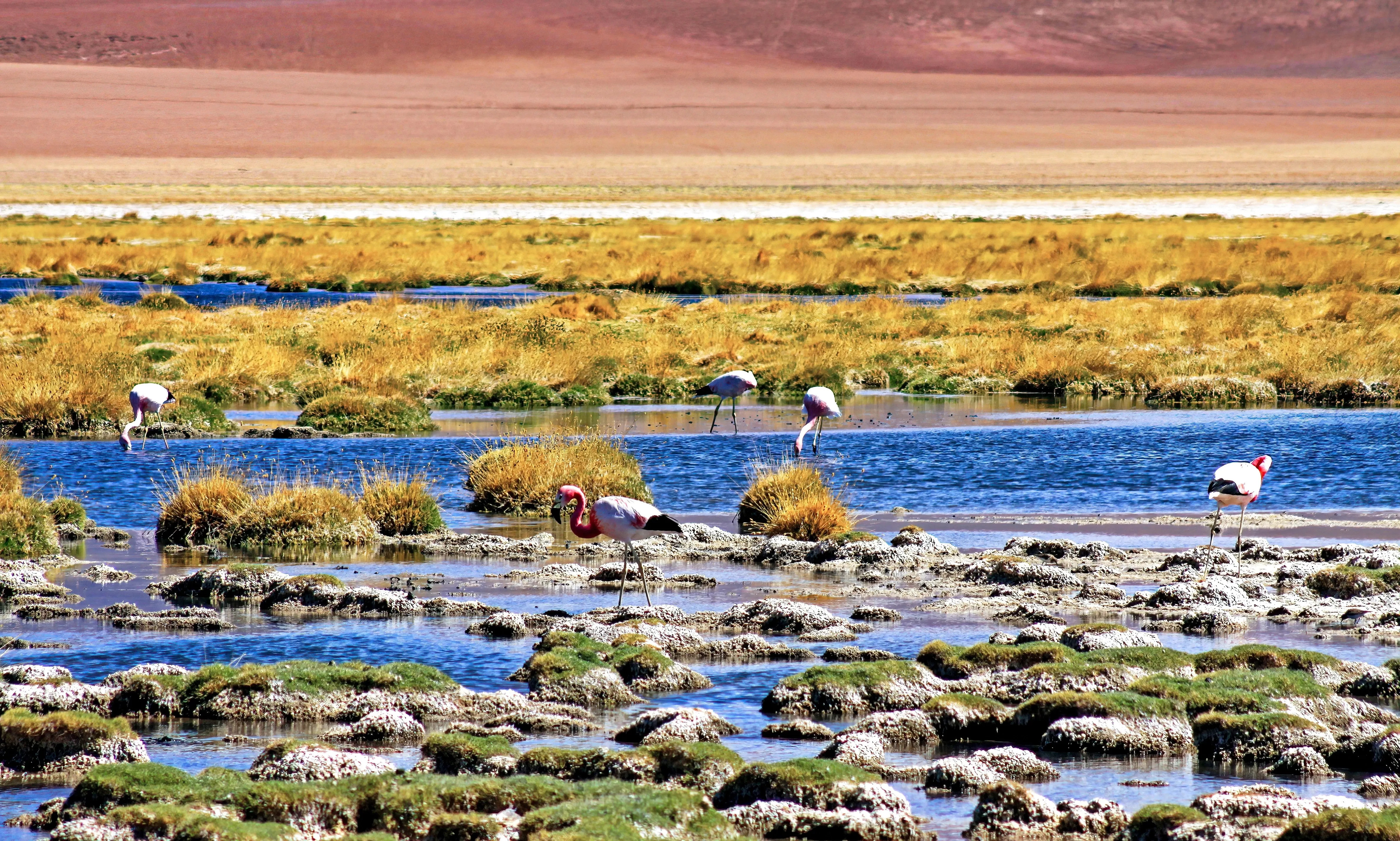
»Amongst flamingos, only the Andean flamingo has yellow legs and feet.«
Questions and facts
1. How many Andean flamingos are left in the wild?
Recent censuses estimate the Andean flamingo population at about 34,000 individuals and declining. According to the ICUN, the Andean flamingo is considered a vulnerable species.
2. What do Andean flamingos eat?
Flamingos are filter feeders. They feed with their head, pointed at their feet as they wade through the shallows, disturbing the silt with their toes. They scoop up material into their cavernous beaks that contain rows of tiny plates, or lamellae, that sift through the material, allowing only useful food to pass beyond. However, their diet is varied and ranges from fish to invertebrates, plants, algae and plankton. Much of their diet, particularly brine shrimp, is rich in the red carotenoids which is absorbed and processed by the liver, manifesting itself in the pink colouration of the flamingos’ feathers.
Their feeding style of walking through the water and sifting material has led to their beaks evolving upside down. In most cases, the lower mandible is fused to the skull, but in flamingos, the upper is fixed and the lower beak can articulate. The strong tongue pumps water in and out through the beak, and the lamellae in the bill capture any organisms from the organic soup. The tongue, once considered a delicacy in ancient Rome, is also lined with spikey protrusions that help channel the food into the throat.
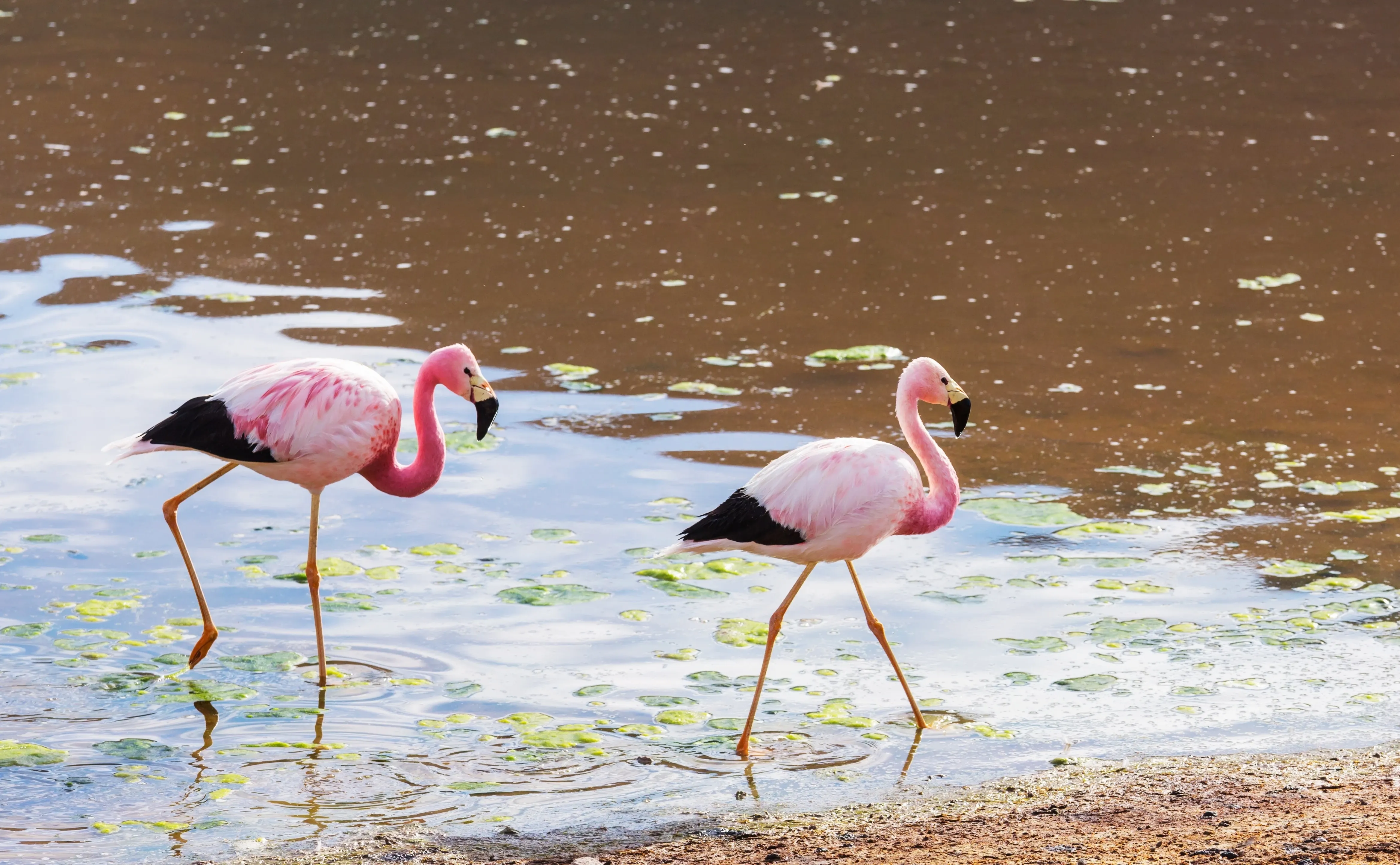
3. How do Andean flamingos reproduce?
Flamingos live in large colonies, perhaps to aid against predation and increase mate selection. During December and January, the breeding season peaks and the birds split into smaller groups, displaying to each other to attract a mate. Displays are a dance-like affair with rhythmical movements of their heads and long necks, as well as the flapping of wings.
Pair bonds are held, sometimes for multiple seasons, and the aforementioned courtship displays promotes synchronous nesting behaviour amongst the flock. Nests are raised conical structures made by the parents using their beaks to scrape mud into peaks. After copulation, a single white egg, about the size of a large orange, is laid and incubated.
Hatchlings are grey in colour and are fed by ‘crop milk’ from both parents. Crop milk is produced from the upper stomach lining and is rich in fats, protein and red and white blood cells. This nourishment is very important for the young chicks and they are fed this diet for 2 to 3 months. Adults often lose their colouration during this time since they are not absorbing the carotenoids from their diet.
Flamingo hatchlings tend to form creches of multiple birds as they mature. These gatherings help to remove the dangers of predation and offer a better chance of reaching adulthood. Maturity is reached between 3 and 6 years of age.
4. How do Andean flamingos communicate?
As with most birds, the primary communication methods are sound and visual. During breeding season, the male flamingos develop a brighter colouration to advertise their status and reproductive prowess and display to females.
Not much is known about the specifics of flamingo calls, but they can take the form of peeps, quacks and honks.
5. What are the biggest threats to Andean flamingos?
Andean flamingos are restricted to a very specific habitat and are thus vulnerable to changes within their ecosystem. The spread of urbanisation and industry, particularly the mining industry, pose their biggest danger.
The flamingo’s habitat is rich in a boron-based compound called Borax which is used commercially in insecticides, and various household cleaning products. Mining activity has unearthed this substance and thus increased the borax in the surrounding environment. Humans are immune to its affects, but can be poisonous to wildlife, even in small doses. The use of heavy machinery and other human disturbance have also caused Andean flamingos to abandon their nesting sites, leading to a reduced reproductive success.
Egg poaching is a problem for the flamingos, with organised syndicates taking advantage of the communal nesting sites. Eggs are removed and exported overseas, and in other cases, the flamingos themselves are caught and sold for the exotic pet market. Tourism is also taking its toll, as infrastructure is built close to nesting sites, causing both pollution and disturbance to these sensitive areas. The ever-growing sphere of human influence is also cutting off populations which leads to a genetic bottle-neck and makes these isolated groups far more vulnerable to local weather anomalies and other dangers.
Unfortunately, not a lot is known about the Andean flamingo and thus conservation initiatives mainly focus on educating the local population and businesses in how to least affect this unique species.
Why the Andean flamingo is so important?
In their isolated mountain environment, flamingos play an important role in regulating the organic content contained within their waters. Their habit of stirring up the ground with their feet as they feed also aids in the oxygenation of the water, not allowing sediment to settle and trap stray gases which could lead to anoxic conditions.
Source references:
Peru Aves
Center for Biological Diversity
Wikipedia - Andean Flamingo
Sign up for the newsletter
By clicking on “Subscribe now” I will subscribe to the Conscious Explorer newsletter with all the information about mindful travel. Information on the success measurement included in the consent, the use of the shipping service provider MailChimp, logging of the registration and your rights of revocation can be found in our privacy policy.
